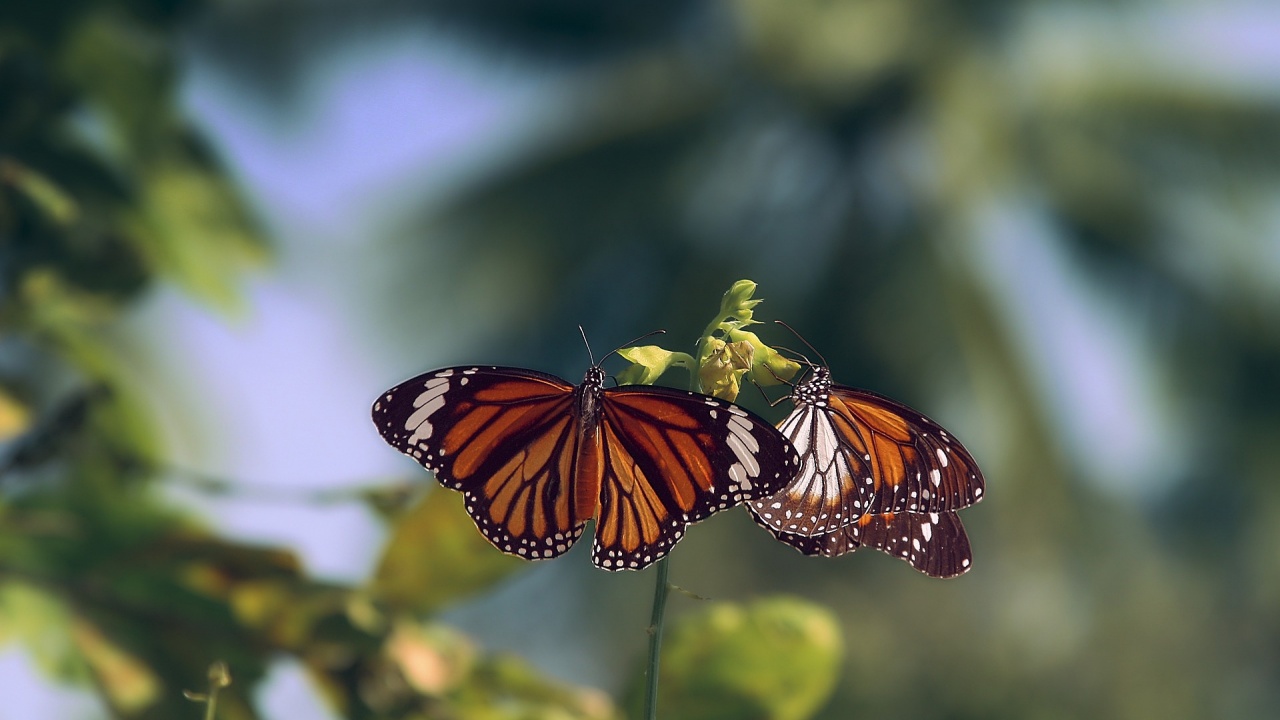The number of monarch butterflies wintering in the mountains of central Mexico has dropped by 22 percent compared to last year, and the number of trees destroyed in their preferred wintering grounds has tripled, the AP reported.
Cold weather and extreme temperatures in the United States may have played a role in the butterfly's decline this past winter season, said Humberto Peña, director of nature reserves in Mexico.
Monarch butterflies east of the Rocky Mountains in the US and Canada winter in the spruce forests of the state of Michoacán, west of the capital, Mexico.
The total area they occupied this past winter was down to 5.4 acres (2.21 hectares) from 7 acres (2.84 hectares) last year.
Gloria Tavera, director of environmental protection at Mexico's Commission of National Protected Areas, said the area of forest massifs suitable for the butterflies that had been lost had grown to 145 acres (58.7 hectares) from 46.2 acres (18.8 hectares) last year.
California's western monarch butterfly population is recovering
More than half of the tree loss this year was due to the removal of dead or diseased trees and those affected by fires, storms or pests.
However, experts do not explain why the removal of trees has increased this year, and critics say that in the past these reasons have been used as a pretext for cutting down trees for timber.
The annual butterfly count does not count the individual number of butterflies, but rather the area they cover when clustered on tree branches.
Oleanders are being planted to save butterflies in California
Each year, monarch butterflies return to the United States and Canada on an annual migration that is threatened by the loss of milkweed (Asclepias syriaca), on which they feed, north of the border, and by deforestation in butterfly sanctuaries in Mexico .
Monarch butterflies entered the Red Book of endangered species
Monarch butterfly numbers have declined in recent years due to a number of factors.
Experts say drought, severe weather and habitat loss - particularly of milkweed, where the insects lay their eggs and feed, as well as the use of pesticides and herbicides and climate change - pose threats to the species' migration.
Illegal logging also continues to plague the reserves, but it has decreased slightly this year, thanks in part to the efforts of local residents.
butterflies
